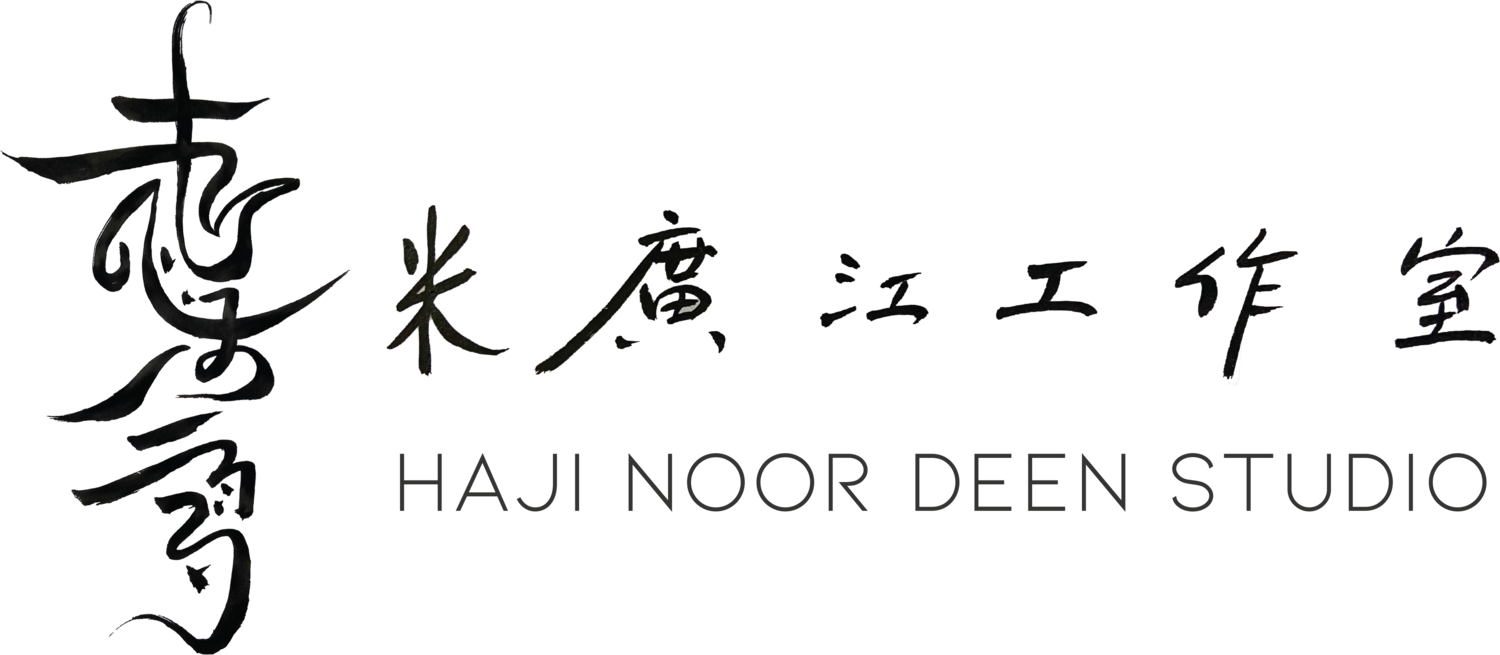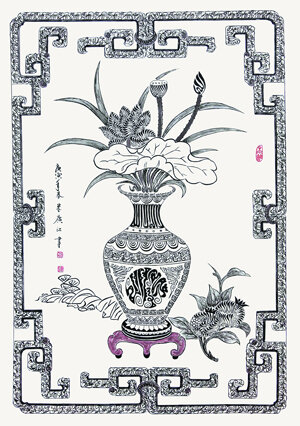Islam and Islamic Arts In China
As one of the largest nations in the world, China's population represents 56 nationalities, ten of which have an Islamic background. By sea and by land, Muslims went to China over the first three hundred years of Islam. The first official delegation was sent to China by the Khalifa Uthman in approximately 651 A.D. Both the Islamic and Chinese cultures have a rich tradition of respect, mercy, and compassion. Thus, Islam found little resistance as it took root in China.
Today, there are approximately twenty million Muslims and thirty-five thousand mosques in China (more muslims than in Saudi Arabia). The architecture of the mosques is a testament to the vastness of Islam's identity. They are wooden structures, which inculcate both an Islamic and Chinese style. The interplay of these cultures, which is exemplified in the architecture of the Chinese mosque, plays a vital role in the Muslim-Chinese identity.
Traditional Arabic calligraphy in China is vivid and varied, recalling visions of galloping horses, majestic mountain ranges, and rolling streams, with untold aesthetic value and artistic appeal. It is reminiscent of music without a tune, of pictures with feeling. Like a dancing maiden, it is full of delicate lines, natural and subtle, fulfilled by a rich imagination. It is the legacy of the Islamic heritage in China, and a cultural and artistic treasure of the world.
After Islam spread to China, the Chinese Muslims incorporated some characteristics of Chinese calligraphy into traditional Arabic calligraphy. Traditional Arabic calligraphy in China represents the essence of the artistic work of generations of calligraphers, a unique cultural fusion of Chinese culture and Islamic art. This cultural fusion is known as Sini Calligraphy.


